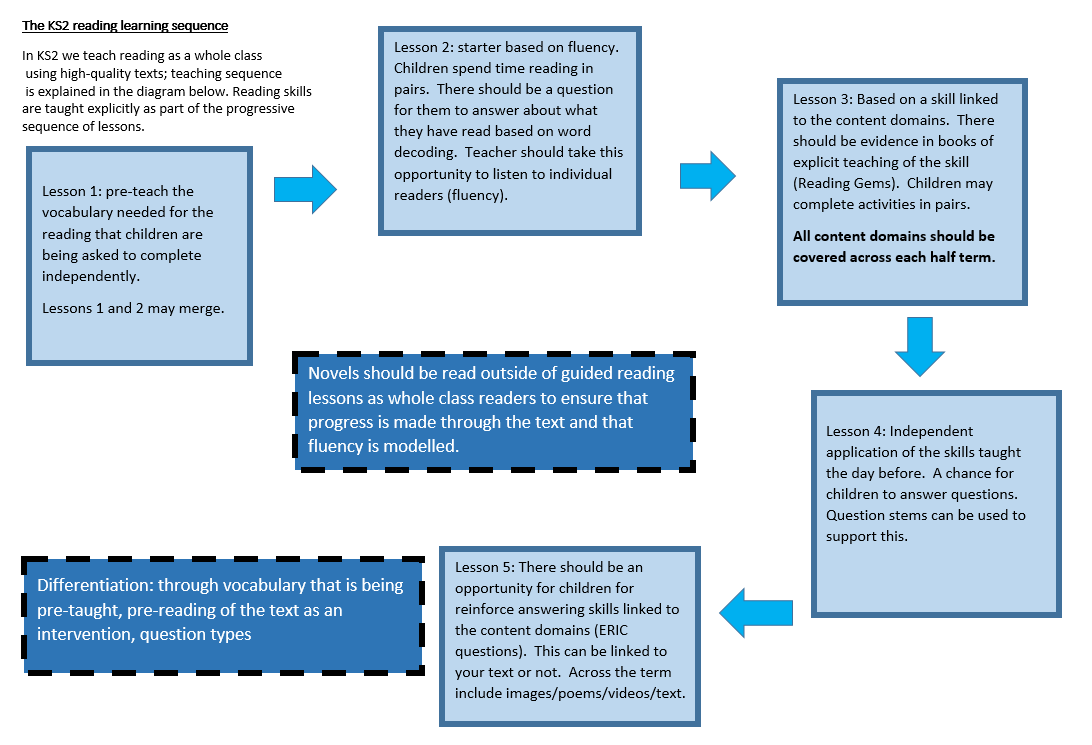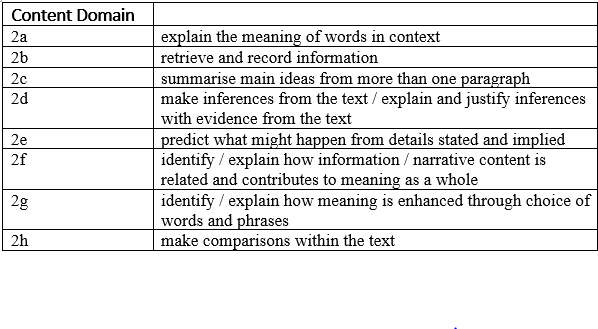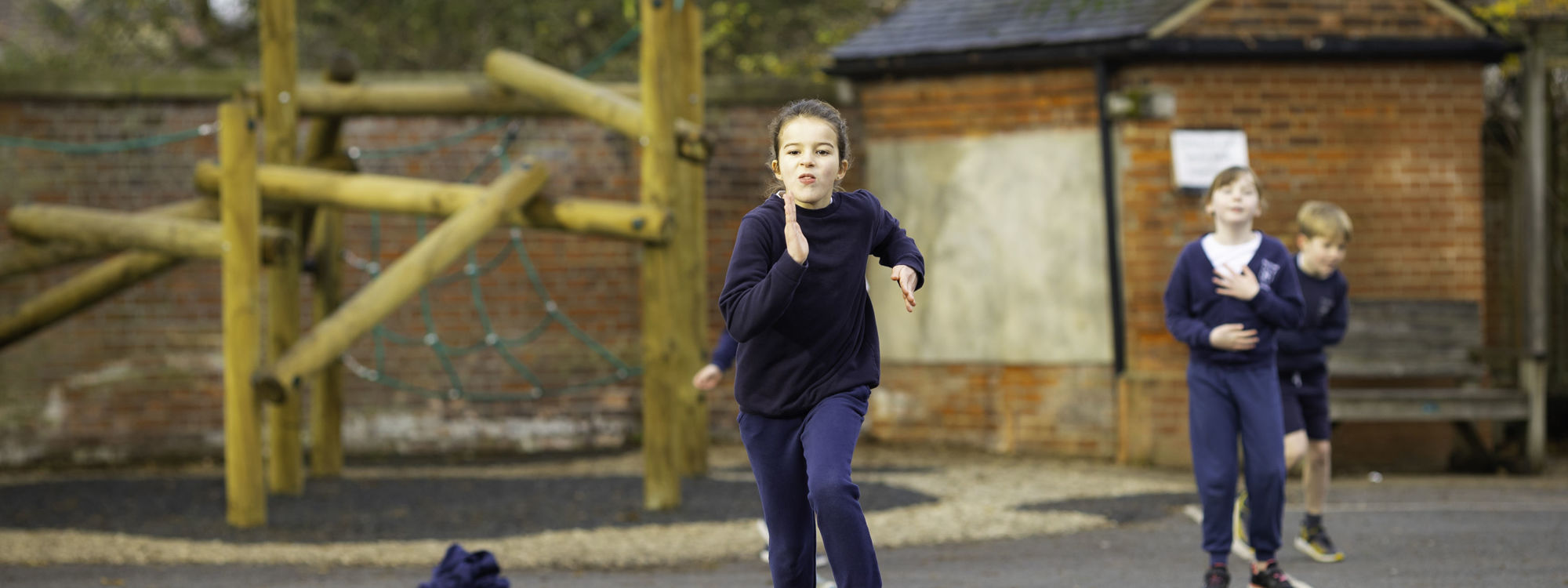- Home
- About Us
- Curriculum Subjects
- English
English
BackOur aim is that all children:
- are excited and motivated to read, write and express themselves;
- are provided with a rich, experimental and imaginative curriculum;
- are exposed to a wide-variety of high-quality literature;
- build and internalise a bank of stories that support them in developing their imagination, vocabulary, writing techniques and confidence;
- are taught phonics, spelling and grammar through a creative approach that is contextualised within the art of writing;
- are exposed to high-quality shared and guided reading and writing, modelling the skills and techniques of being a confident reader and writer;
- receive informative and motivational feedback in order to move them on developmentally, as well as motivationally as readers and writers.
At Balgowan, our aim is that all children love English and are excited to read, write and express themselves. In order to achieve this, we follow Talk for Writing (TFW) as a whole school, cumulative and systematic process for the teaching of English. Since implementing TFW, children have progressed, gaining confidence as well as pleasure in becoming readers and writers.
Talk for Writing fundamentally teaches children how to be writers – not just how to write. It supports children to be able to generate ideas, draw upon their reading and write confidently for a variety of audiences and purposes. The methodology follows a three-tier pattern: Imitation, Innovation and Independent Application. During the imitation stage, children get to know a text really well by orally learning it, exploring it through drama and then reading it for vocabulary, comprehension and writerly tools. The Innovation stage is grounded in the processes of shared writing, with a strong and systematic focus on securing the basics of handwriting, phonics/spelling and grammar in relation to what is needed for the text type being taught. The final stage, Independent Application, promotes children to draft, edit and publish their own independent versions.
At the heart of Talk for Writing is the principle that schools should increase the amount children read and are read to. Balgowan is establishing a very strong ‘literature spine’ which identifies key stories, picture books, poems and non-fiction which will be read and drawn upon and referred to when teaching writing.
Phonics
At Balgowan, we use Little Wandle Letters and Sounds Revised which is a comprehensive Phonics and Early Reading programme. Children will follow the programme in Reception, Year 1, and in Year 2 if there are gaps in the children’s learning. This will ensure that children build on their growing knowledge of the alphabetic code, mastering phonics to read and spell as they move through the school.
Phonics is a method of teaching children to read and write by linking sounds (phonemes) and the letters that represent them (graphemes). Phonics is taught daily, following the progression outlined in Little Wandle Letters and Sounds Revised (please see attachment). This progression is very similar to Letters and Sounds and has been organised so that children are taught from simple to more complex GPCs (Grapheme-Phoneme-Correspondence), but also takes into account the frequency of their occurrence in the most commonly encountered words. All the graphemes taught are practised in words, sentences, and fully decodable books. Children review and revise GPCs and words, daily, weekly and across terms and years, in order to move this knowledge into their long term memory.
A typical phonics lesson will follow this structure:
- Previously taught sounds and tricky words are revisited and reviewed.
- Children practise reading previously taught words.
- A new sound is introduced.
- Children practise blending words that contain this new sound.
- Next, a new tricky word is introduced. The decodable parts of the word are identified and the ‘tricky part’ highlighted.
- Children apply their new knowledge, either by reading or writing words or a sentence, containing the new sound and/or tricky word.
Phonics Screening Check
In Year 1 children take a Phonics Screening Check. The purpose of the Phonics Screening Check is to assess if children have learned phonic decoding to an age-appropriate standard. During the check the children are asked to use their Phonic knowledge to read a series of real and pretend words. We make the Phonics Screening Check as fun as we can and the children are not aware they are taking the check as they will be used to reading real and pretend words with their teachers. Any children who do not pass the screening check in Year 1 will retake it in Year 2.
Reading
As Little Wandle is also an early reading programme, it has a set structure of how to teach reading practice sessions (previously guided reading). Reading practice sessions take place two to three times a week in a group with a teacher or teaching assistant. During these weekly sessions, children will read the same fully decodable book three times at a level that is carefully matched to their phonic knowledge. At the beginning of each session the children go over key GPCs, tricky words, decodable words and new vocabulary that they will encounter in their book. Each session has a specific focus; decoding, prosody and comprehension. During the three readings the children’s fluency should improve. They should not be overtly sounding out and blending every word. By the third read they should be reading 95% of the text fluently and independently; that is, they only need to pause to sound out one in twenty of the words on a page. At this level, the child can be successful enough to get some enjoyment from the text, but they don’t find it so difficult that they are put off.
Please click here to see a recommended reading list for all year groups.
In Key Stage 2 reading is also taught as a separate lesson. The emphasis is for children to understand and analyse what they are reading, as well as share their opinions on books. Children are exposed to a range of high quality texts during these lessons. Below is a diagram of the reading learning sequence in Key Stage 2:

Below you will find a list of the content domains referred to in the diagram above:

Please find below recommended reading lists for this year's Book Week



